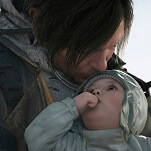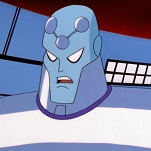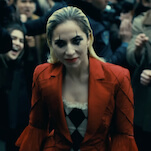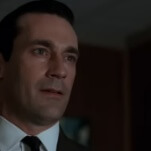So Long, Mii: The Life and Probable Death of Nintendo’s Cartoon Avatar
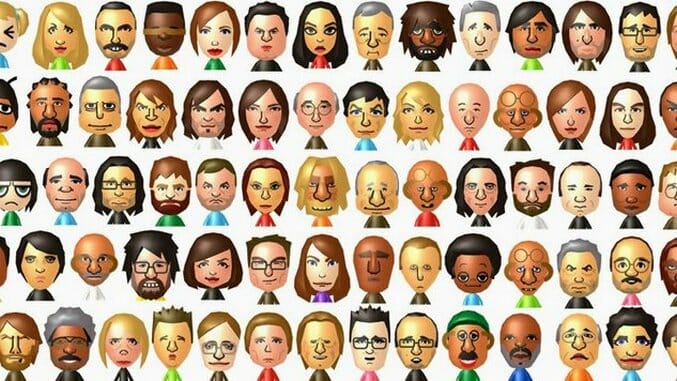
Over a decade after their invention, is the end nigh for Nintendo’s iconic cartoon avatars? Miitopia comes out today, and though it purports to be a whimsical RPG starring you and your friends, it feels more like a portable Valhalla with a MSRP of $39.99. The 3DS is over seven years old, but with one last hardware refresh in the books (the Nintendo 2DSXL, out now), it will continue to be a prominent part of the company’s plans. The lovable Mii, however, once a visible reminder of Nintendo’s then-new raison d’etre — to have us inside their games, swinging and pointing and waving— has been all but forgotten. After over 100 million of them were born since 2006, it’s time to write their collective eulogy.
The Mii was once not only our in-game avatars but a symbol of Nintendo’s philosophy circa 2006. They were not interested in hyper-realism. The Wii was a standard definition machine when both console competitors had super-charged their graphics chips to output in High Def. The Mii was a flippant reply to those who would attack their dismissal of bleeding-edge tech: here, play as a smiley face with floating orbs for hands. And we did.
For awhile. The once-mighty Wii and its rhyming mascot did burn up eventually. When Nintendo introduced its HD follow-up, the Wii U, they doubled-down on the Mii concept, making them the veritable lifeblood of the new system. Miis infected everything about the console: they galavanted about on the start-up screen like chipmunks in a forest; the bespoke social network was called “Miiverse,” as if to imply inside this hardware casing was a swirl of miniature celestial bodies; the pack-in title, Nintendo Land, starred not Nintendo characters but Miis dressed as Nintendo characters. They were wearing Samus’s helmet. They had stolen Mario’s cap. This time they’d overstepped their bounds. We should have known there’d be consequences.
The narrative conceit of Miitopia, such as it were, is that the Dark Lord is stealing peoples’ faces and you need to help get them back. Yes, actual faces get plucked from now-blank spherical heads, float away, and become attached to various monsters. It’s both a clever way of off-loading creature design to your players (who populate the game with their own Miis) and a suitable coda for the “Mii” as avatar. Ten years ago we delighted in tweaking and stretching eyebrows and lips to form the perfect cartoon version of ourselves (or Alf, or Michael Jackson). Now this game asks you to cut those same faces down;they have served their purpose, and to save them, we must set them free.
The shift in focus has been as subtle as a dollop of Heinz Ketchup. Whereas the Wii U had Miis swarm onto your screen as you powered on, the Switch hides the creator software several menu options deep. And though their first phone app, Miitomo, focused on the broad-strokes doppelganger, it seems to have been more experiment than groundwork, with attention being drawn to their other character-driven apps, Super Mario Run and Fire Emblem Heroes.
The Mii idea took root long before we started thwacking tennis balls in our living rooms. In 2000, a non-game application called Mario Artist: Talent Studio was released for the 64DD, a Japan-only add-on to the Nintendo 64. It allowed you to take a picture of your face and attach it to a simple polygonal model, which would then hypothetically show up in other games. With the system’s limited availability, we never saw the concept proliferate as planned. Six years later, the same designer, Yamashita Takayuki, worked on and helped launch the Mii creation software. And eleven years later, with the 3DS’s ability to turn a photo into a Mii face, we finally saw Talent Studio’s idea come to widespread fruition.
Its genius was its simplicity. Other games featured character creation but were often tied to some fantasy epic; the player would be living this character’s life for upwards of hundreds of hours, and so they painstakingly crafted their fictional face. But you could dash off a Mii in 60 seconds. It was meant to approximate features, not depict them accurately. The games you were playing were everyday occurrences, not kingdom-saving excursions. A legendary hero might require a chiseled jawline. But a quick stop at the bowling alley? A few lines and two dots for the eyes will do just fine.




























